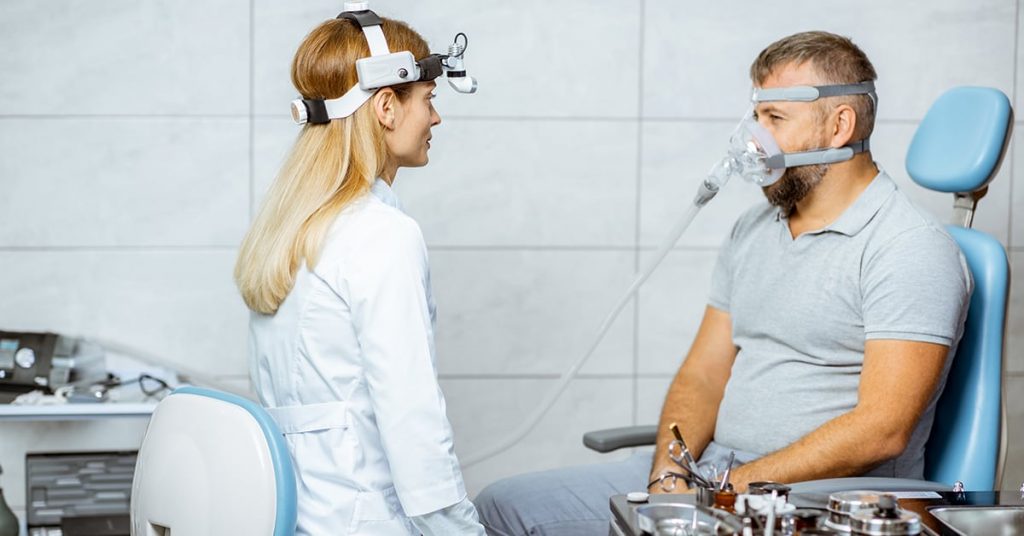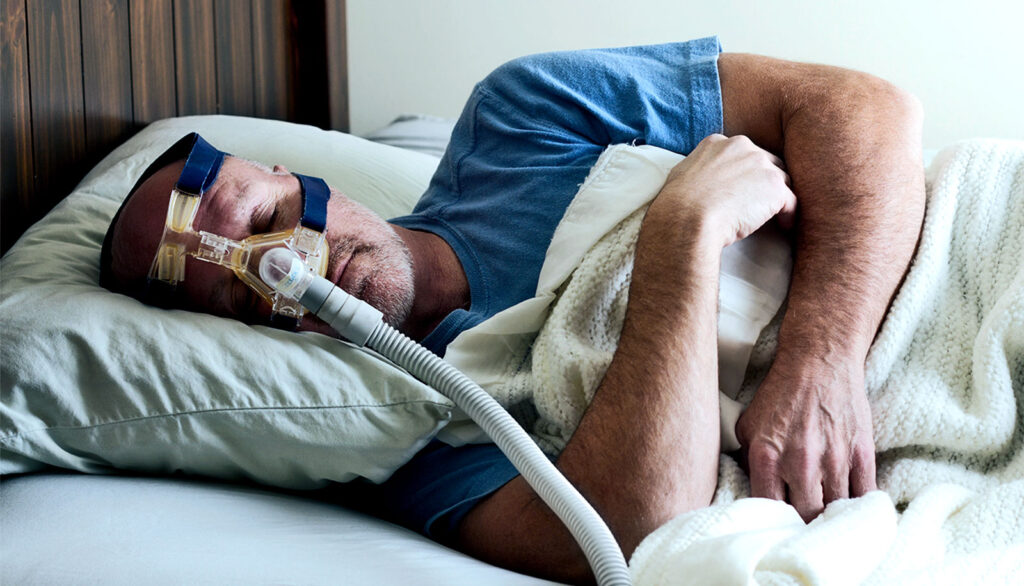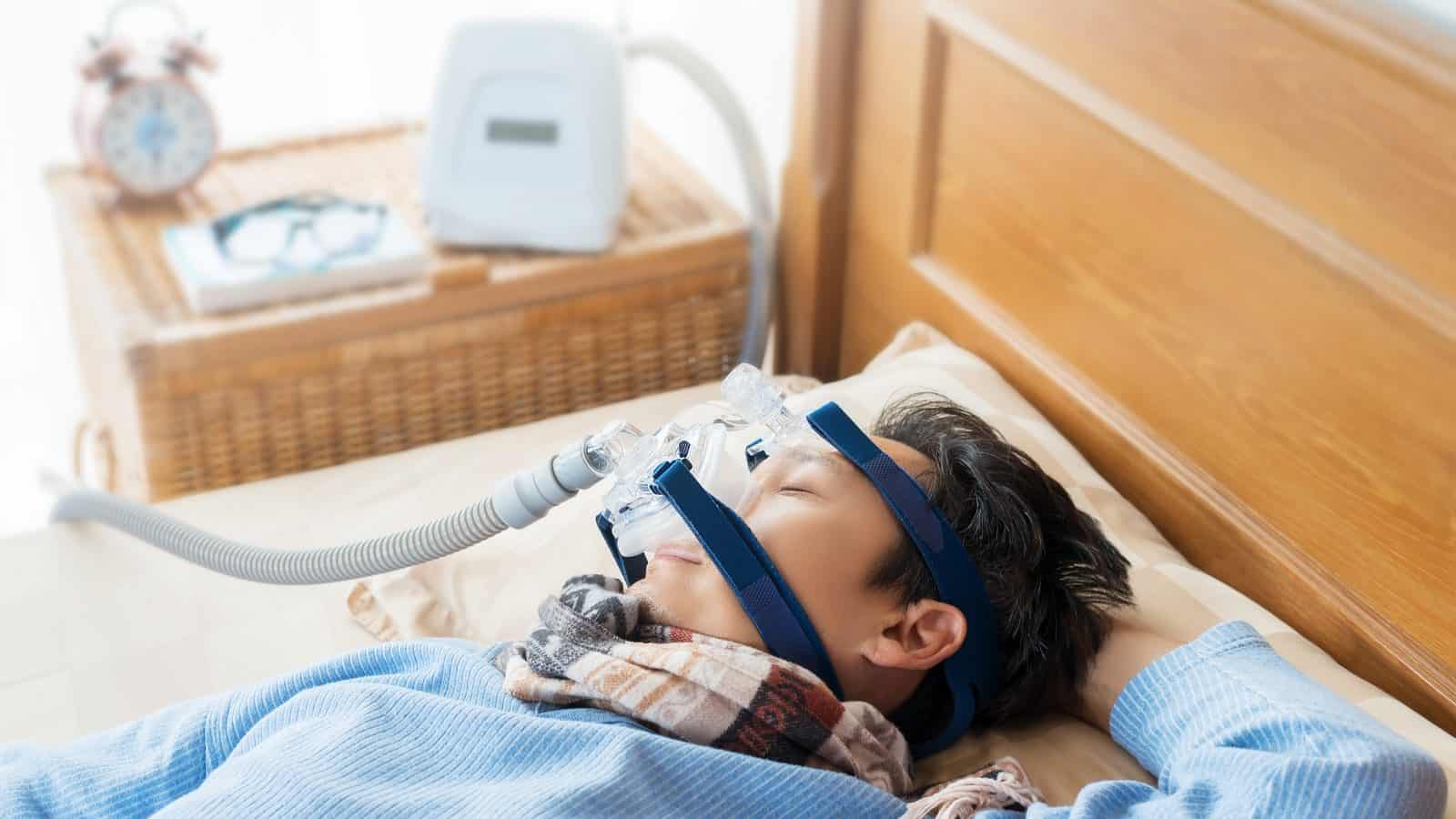Our patients often experience feelings of anxiety and distress after receiving an obstructive sleep apnea (OSA) diagnosis. To be absolutely honest, it won’t be simple to switch to long-term sleep treatment. Many patients struggle to continue their sleep treatment after their first or even second try.
It may take some getting used to wearing a face mask with compressed air, and adaptation takes time. Every patient is unique, and recovery times vary. Our team has seen that it normally takes our patients two to six weeks to get totally used to using their CPAP machine.
What’s the purpose of obtaining advice, having a sleep study done, buying cpap machines, then stopping your therapy after a few difficult transitional nights? When individuals fall into this habit, we see many patients putting their long-term health at risk.
What is CPAP Compliance so crucial?
Using the CPAP machine for at least four hours each night and on at least 70% of nights is considered to be CPAP compliance.
Although it may seem like a simple criterion to satisfy, CPAP treatment may be difficult, and even long-term users sometimes have difficulties.

At the beginning of their CPAP adventure, almost all patients may relate to some rather typical CPAP treatment issues.
These difficulties include claustrophobia, device fitting, dry mouth, air leakage, and skin rashes.
Each issue has the potential to lead a patient to stop their treatment.
Here are some vital pointers for improving your CPAP compliance success:
Inform Yourself
The significance of being informed as a new CPAP machine user cannot be overstated. Speak with your sleep medicine provider, look for unbiased information sources, study the instruction manuals that came with your device, and ask questions as they arise.
All of these actions may help you become a more knowledgeable CPAP machine user. Knowing your health concerns and how a lack of sleep affects your general health may sometimes help you concentrate on using your CPAP machine.
Check Out Your Gear
Some machines offer a RAMP function that enables users to begin the night at a lower pressure and increase it to the recommended level after they have drifted off to sleep.
Both ResMed and Respironics devices contain a function called EPR that allows users to choose between using reduced pressure on the exhale and the recommended pressure on the inhale.
These extra features can occasionally aid new users in getting used to the pressure and their CPAP mask. You may turn off these extra features after you’ve switched over to using your CPAP machine for compliance.
Begin slowly
Starting off slowly is quite OK, and we even advise it. Use your mask when you slumber or whenever you feel weary.
We advise beginning by putting on your mask whenever you feel weary, napping in the middle of the day, or unwinding when lying down. As you become used to wearing your mask while breathing compressed air, you’ll start to teach yourself to feel at ease and calm.
Adhere to a sleeping schedule
Include using CPAP in your nighttime routine. While you are getting used to using your CPAP machine, it’s crucial to maintain your regular sleeping schedule.
Again, this aids in teaching your body and mind that it is time for bed and that using a CPAP is a necessary aspect of getting some rest. Finding a decent rhythm may be challenging, so feel free to change your practice to suit your needs.
Try using a humidifier.
Lips, eyes, or nostrils that are dry. It’s great if you haven’t encountered CPAP-related dryness, but if you have, you already understand how uncomfortable it can be.
A humidifier may easily and swiftly solve the problem for the consumer. There are built-in humidifiers and settings that automatically adapt to your preferences on many devices.

Keep Track of Your Progress
Although it can seem a little strange to some, keeping note of your real progress and adjustments enables your sleep medicine practitioner to make additional adjustments, provide guidance, and support you in achieving your goals.
Setting up specific objectives and taking concrete actions to reach them will help keep you on track with your CPAP treatment. Learn more factors you should consider before selecting a CPAP machine.
Stress-Reduction Methods
While you’re getting used to your CPAP machine, try these alternate relaxing methods. You have a variety of alternatives to assist you cope with the challenging process of using your CPAP, including mindful breathing, counting, noises, and other calming activities.
DIY Treatments
Try using natural methods to lessen OSA symptoms. Natural strategies to lessen certain OSA symptoms include losing weight, quitting smoking and drinking alcohol, addressing acid reflux, and changing your sleeping posture.
These may not be effective for everyone, but they won’t harm either.
Discover Support Groups
There are a lot of online forums and organizations where you may find others who share your experiences. Locate them and ask them their opinions.
Speak with your sleep therapist
Make sure your sleep therapist follows up with you. While a competent sleep clinic will be in touch with you along the transition, they need to be more visible when you initially start your sleep journey. Call them or look for another sleep center if they haven’t been in touch with you.
Final Thoughts
These suggestions will aid with your CPAP use adjustment, even if this isn’t your first time wearing it. You may be surprised by the positive effects on your general health that a few little changes to your sleep hygiene can have. Finding the appropriate mix of routines and tips might be the difference between successfully using your CPAP treatment and stopping it altogether.
